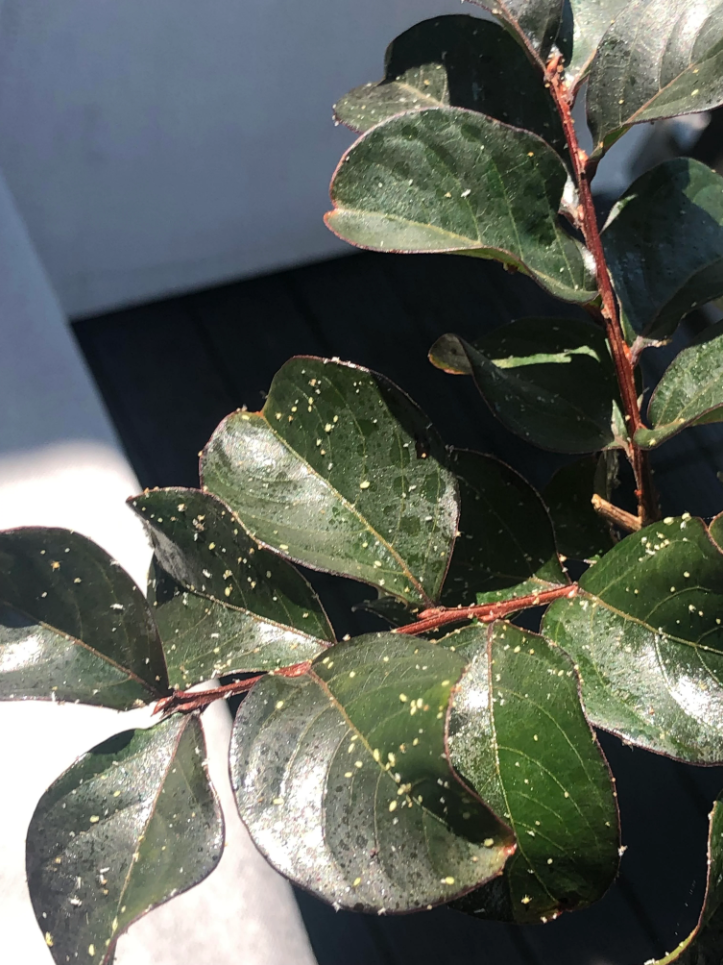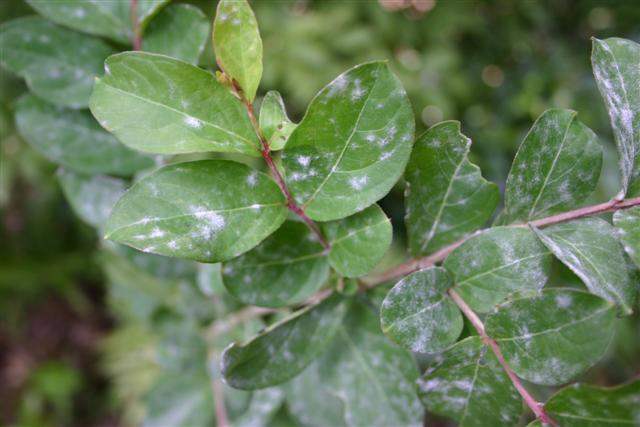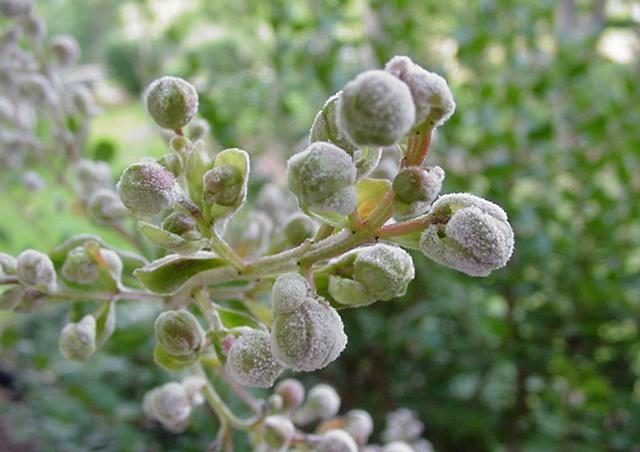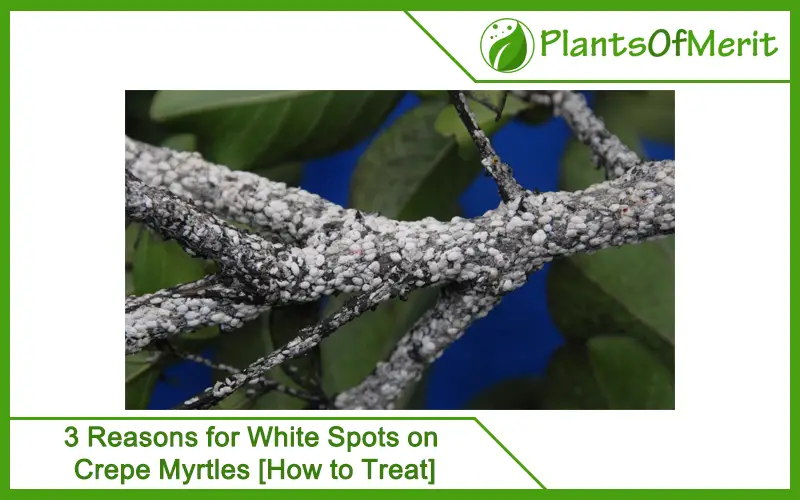Our nature is beautiful and so rich and diverse, which is a given when you look at some of the stunning plants and trees that are accessible around. Crepe myrtle is a testament to just that. Not only is the plant stunning to look at, but the flowers are also even more beautiful.

The flowers mimic the appearance of the crepe paper that you typically use for crafting and hence the name. However, growing a crepe myrtle plant isn’t as easy as you think. You have to be mindful of the growing parameters, temperature, and external factors.
Failing to do so often leads to the appearance of white spots on the leaves and the flowers, which is likely the last thing you want to experience.
This article will explore the common reasons behind white spots on the Crepe Myrtle leaves and flowers and what you can do to eliminate them.
Why are there White Spots on the Crepe Myrtle Plant?
As we hinted before, the reasons behind the appearance of white spots on the crepe myrtle plant can be diverse. It could be due to a lack of proper growing measures or due to the poor quality of the growing parameters.
We will discuss all the top factors that you need to know when it comes to eliminating the white spots on the crepe myrtle leaves.
1. Powdery Mildew
One of the most common reasons behind the white spots on the crepe myrtle plant is the presence of powdery mildew. This is a type of fungal disease that leaves behind white powdery spots on the leaves and flowers.
Spotting mildew outgrowth on the leaves is quite simple, provided that you are paying close attention to every part of the part, including the upper and lower sides of the leaves since that’s where most of the mildew growth happens.

The most potent season to look out for mildew growth is during the spring or summer seasons, especially when the weather is cool but equally humid. As the weather starts picking up and gets warmer, the potential of the fungus increases, leading to mildew on the plant.
If you don’t take immediate measures, the infestation will not just spread quite quickly but also end up leading to complications of permanent damage to the plant.
How to Treat?
Fungal infestations, especially those of mold and mildew are very hard to eliminate. Not only are you more likely to spot them later, but you are also likely going to have a hard time figuring out what to do for an immediate fix.
Ideally, the first line of control is to find tangible fixes. This can start with spraying the entire plant with a blast of water. What this does is eliminate any remnant or superficial mildew infestation on the plant.
Once that’s done, you can then go ahead and spray the plant with some fungicide to prevent further infestation. The steps are fairly simple; you just need to be vigilant.
2. Crepe Myrtle Bark Scales
Before you get confused thinking, we are talking about the crepe myrtle bark of the plant, we are talking about the bugs that attack the crepe myrtle plants exclusively. Not only are they very potent in damaging the entire plant, but they are also known for eating away at the flowers, completely ruining the appearance of the plant.
The crepe myrtle bark scales are tiny white-colored bugs that infest the plant in masses. Since they are so small, it is fairly difficult to spot them in the dense foliage of the plant. People also mistake them for other bugs, thereby not paying much attention to their infestation.

Despite their size, this kind of bug infestation is very bad in the long run for the plant. Not only do they create white spots on the plant, but it also negatively affects the flowering process, which can be quite disappointing as well.
If the infestation isn’t controlled at an earlier stage, there are chances that you might not get any flowers in the plant as well.
How to Treat?
When you notice a crepe myrtle bark scale infestation, be prepared for a recurring issue each year. The easiest way to fix that is by spraying the plant and the vicinity of the plant with some potent and effective insecticide. This will prevent further infestation and keep the plant in the best condition possible.
Also, if you spot the infestation at an earlier rate, we’d recommend that you start by clipping off the infested branches first. Doing so allows you to nip the issue right from the bud. That said, if the infestation is way out of control, the only way to manage the issue is by spraying chemical insecticides.
3. Wood Rot
Next up on the list of potent reasons why you are noticing white spots on the crepe myrtle leaves is because of potent wood rot. This could be due to the heavy pruning that you did to protect the plant. Sometimes, doing something extensively does worse to the plant than good and this is an example of that.

Excess pruning leads to damage to the wood and stem, leading to further decay from external bugs and infestation that you could have otherwise prevented.
If not handled on time, the wood rot can soon affect the entirety of the plant, leading to potent complications like no other.
How to Treat?
Your work is to trim off the damaged wood or branch around the crepe myrtle. By doing so, you can minimize the risks of further damage and insect infestation, and rotting. Remove the rotted branches without any extra thoughts at all.
Conclusion
These are some of the potent reasons why your crepe myrtle plant has white spots all over. If you were struggling to find the reason and fix it for the quick measure, we hope this article gives you all the detailed insights that you need to get through with the issue and fix it in a matter of days.

